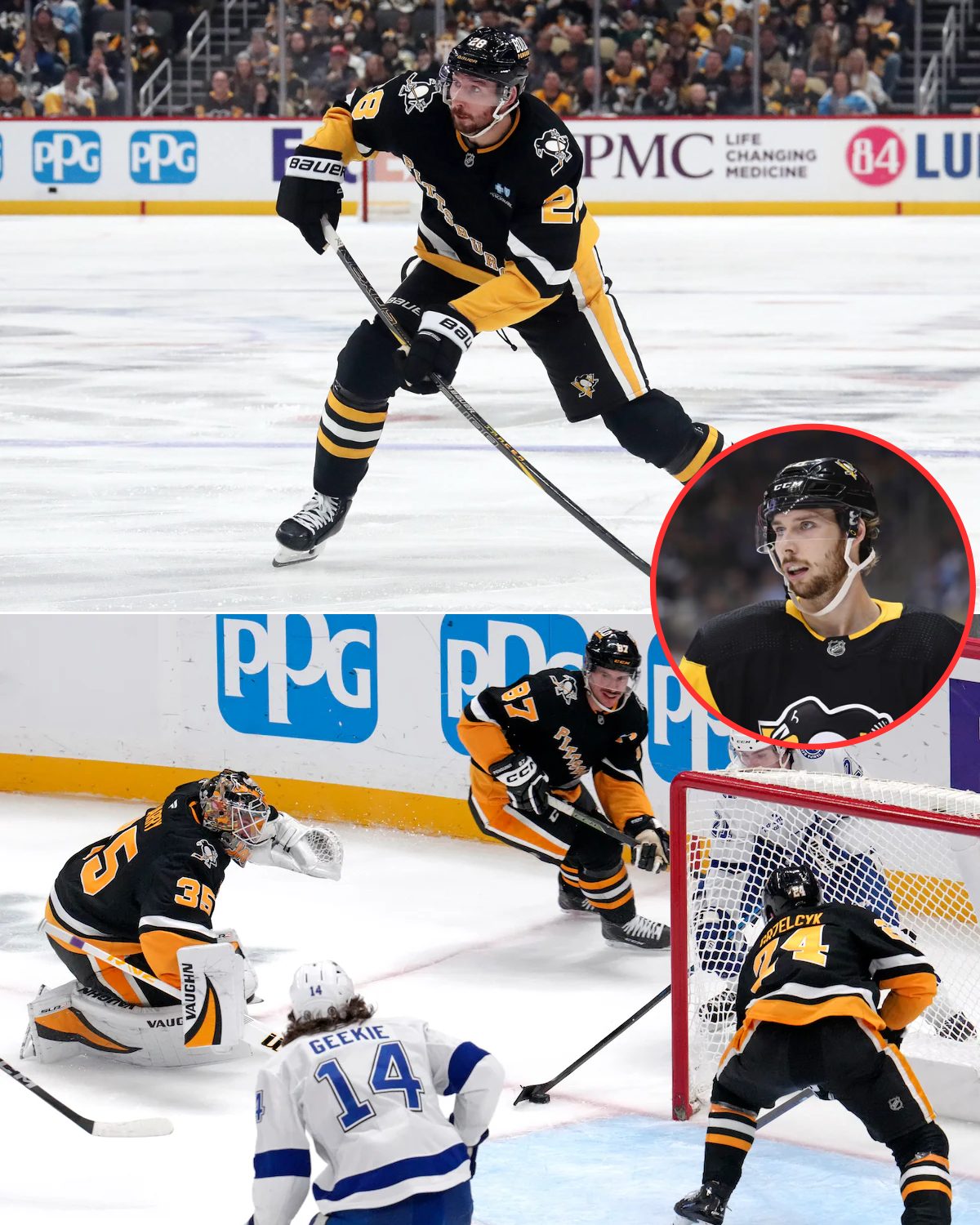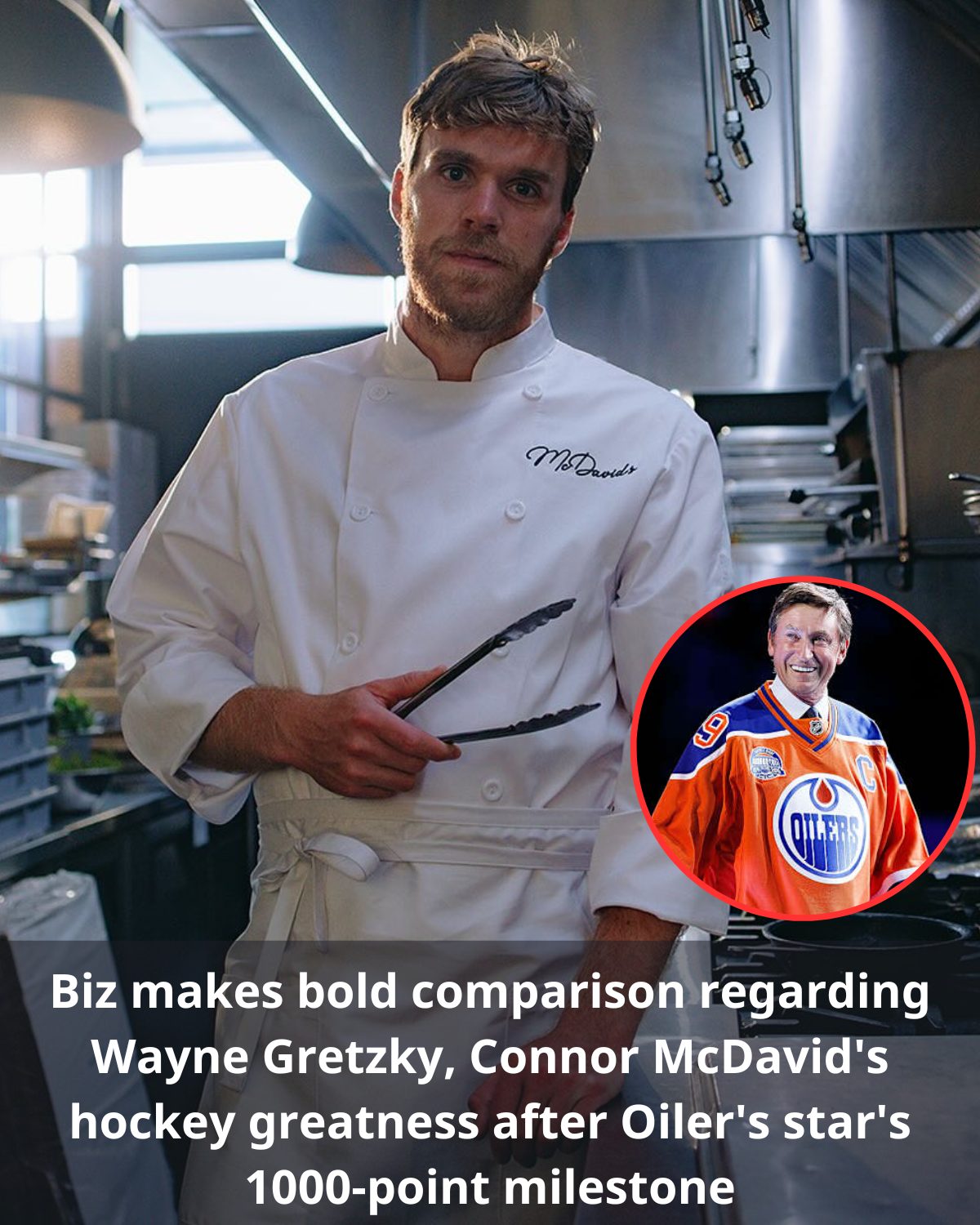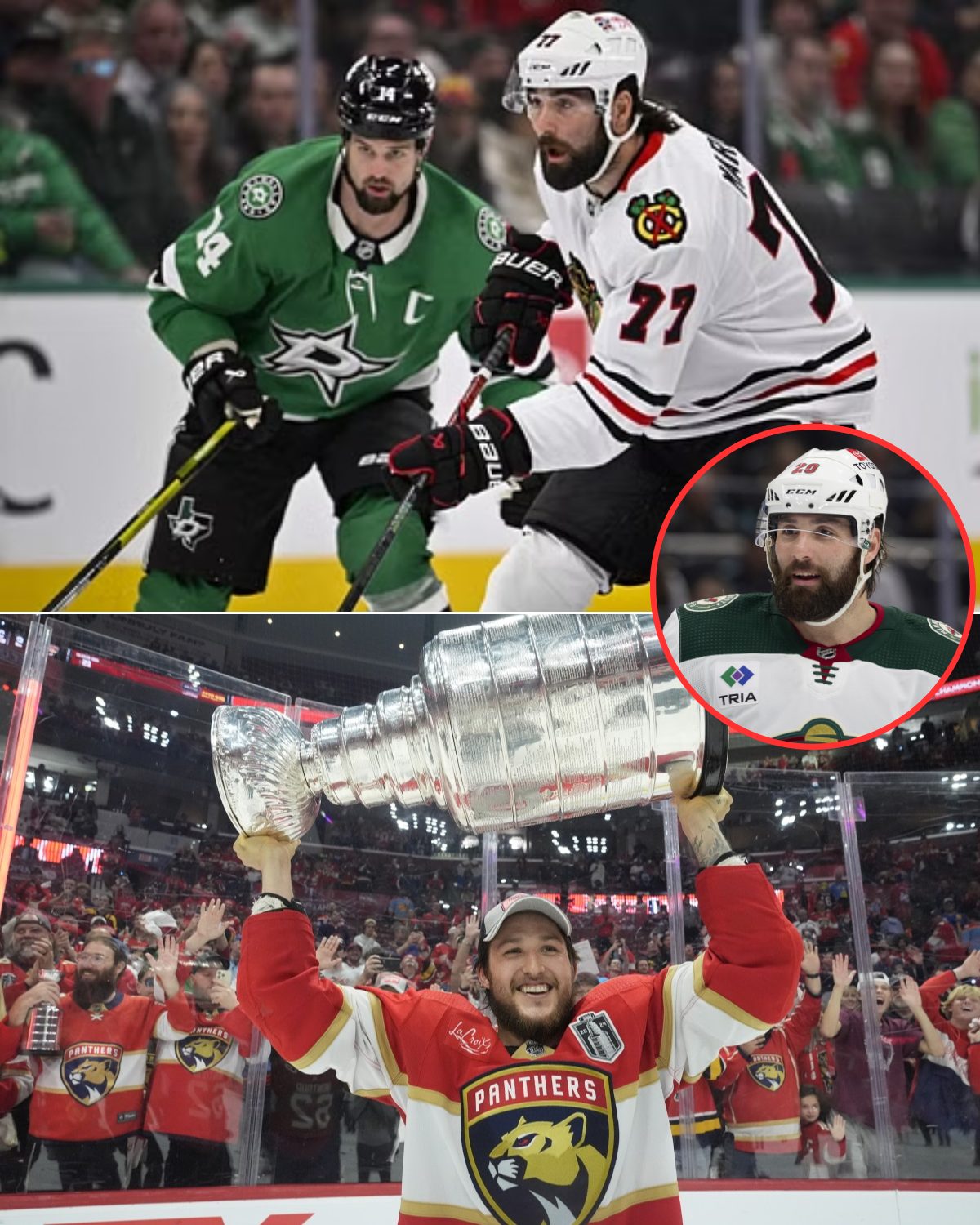LOUISVILLE, Ky. (WDRB) — They say second place is the first runner-up. Or the first loser. You make that call.
Either way, they do not invite you into the championship photograph. Somebody compared being No. 2 to a warm bucket of spit. History yawns at what you achieved.
Unless it is the week of the PGA Championship at Valhalla Golf Club and you are Bob May.
Then, memories percolate, memories about what a dogged, determined and distinguished challenger you were to Tiger Woods on those four unforgettable days in August 2000.
People still tip their caps and marvel at that blistering weekend when Woods was in his prime, playing golf as well as golf can be played — and May forced every bit of greatness out of the champion. The two competitors could not settle things in the traditional 72 holes. They needed 75 before Tiger won the Wanamaker Trophy in a three-hole playoff by one stroke, earning it with the unforgettable 25-foot birdie putt that Woods chased into the cup on the first playoff hole.
“He won, but I don’t really feel like I lost,” May said in an interview last month with WDRB. “I did everything that I could and he just had a one-shot lead and he out-played me in the playoff …
“… the financial side, yeah, it would have changed some things financially (if I had won). But I don’t think I would have gotten any more publicity winning as I did losing.
“Because, like I said, a lot of people didn’t think of it as a winner and a loser. Just one guy ended up ahead of the other is what I felt. We both played well. Neither one of us really faltered.”
“This (was) one of the greatest duels that I’ve ever had in my life, and I’ve had a few,” Woods said after he’d won.
No argument here — or by anybody in the golf community. People still ask May for pictures and autographs. They wonder about the experience of chasing Woods in a major championship. They admire the way he played, competed and handled defeat. May showed how to finish second with style. Challenging Woods in his prime made May look mighty, not like he didn’t belong.
“My happiest memories from the week would be, you know, you practice and practice to get yourself to stay in the moment,” May said. “Not let yourself wander away from what you’ve tried to teach yourself.”
Woods, 48, will return to Valhalla this week trying to put one more exclamation point — and a 16th major title — on his remarkable career. He won his last major at the Masters five years ago and his fourth PGA title in 2007.
May, 55, will watch the tournament on television in Las Vegas where he lives and works as a teaching pro. He left the PGA Tour in 2012 because of back issues that resulted in multiple surgeries, including a spinal fusion. There were days when he swallowed so many Advils that the pain reliever “ate through my gut.” His feet would go numb. His shins would go numb. And then his other leg would begin to hurt.
May returned to Valhalla once to play in a member-guest event. He said that he enjoys reminiscing about what happened there. He said he would love to play the course again or record a podcast with Woods, celebrating the moment.
Remember the scene: Woods came to Valhalla as the most feared man in sports. He was as automatically dominant as a golfer could be.
Only 24 years old, Woods had the media calculating when, not if, he would eclipse Jack Nicklaus’ record of winning 18 major championships. Woods had four, two that year: the U.S. Open by 15 strokes at Pebble Beach as well as the British Open, where he kissed the Claret Jug after shooting 19-under-par to win by eight strokes at St. Andrews.
Valhalla would be a layup line. Tiger, Tiger, Tiger was the story of the week. His galleries were four or five times as large as golf’s other top players.
May was 31. His only professional victory came in the 1999 British Masters. He played in the 1998 U.S. Open and finished 74th and then was not part of the next six major championships. He finished tied for 23rd when Woods put on a show at Pebble Beach and tied for 11th, a dozen strokes behind Woods, at St. Andrews.
No factor. No buzz. Why would there be unusual buzz around a guy ranked 48th in the world?
“I had just flown back from Europe from trying to defend the British Masters that I had won the previous year,” May said. “I had finished like 12th so I had been playing good. I had been playing good all year.”
Nothing happened Thursday, the opening day of the tournament, to suggest May would be paired to play with Woods for 21 holes Sunday.
Tiger outdrove the field, firing at pins while shooting a six-under par 66 to share the lead with Scott Dunlap. May was six strokes back, locked in a 20-player tie for 22nd with guys like Franklin Langham, Brian Watts and Carlos Franco. Nothing to see here.
On Friday, May and Notah Begay shot the low rounds of the day at 66, ensuring he made the cut at a major for only fourth time in his career. Woods only gave back one stroke, finishing at 67, opening a one-stroke lead on Dunlap.
If anybody was going to threaten Tiger, the wise guys expected it would be Davis Love III, who was four strokes off the lead, or perhaps his rival, Phil Mickelson, always capable of getting hot and erasing a seven-stroke disadvantage.
May? He would blink, starting thinking about where he was and what he was trying to achieve. The crowd was primed to celebrate a Tiger coronation. Bob May? Who’s that? I’ll look him up Sunday.
Better look him up Saturday. May did not blink. He shot another 66, gaining four strokes on Woods as well as on Dunlap. At 12-under after three rounds, May was a stroke behind Woods and paired with him in the final group Sunday.
Beating Tiger Woods in 2000 was a massive ask. Taking down Tiger Woods while playing with him in the final group Sunday in a major championship? Forget about it. No fairy tales allowed.
“I think (the crowd) was pro Tiger when the day began,” May said. “He started with a one-shot lead, and we saw in the previous majors that he just stomped on everybody.”
There was no stomping at Valhalla. Bob May did not allow that. The leaderboard flipped after two holes when Woods posted a bogey on No. 2, a tricky par 5. May, shorter off the tee, delivered a birdie. Two holes later, on the par-4 No. 4, May extended his lead to two strokes with another birdie.
“When I birdied two and four, it kind of gave a little swing to the crowd,” May said. “It kind of kept going that way and stayed pretty even the rest of the way.”
So did the match. Woods pulled even by No. 8 with back-to-back birdies. May eased back ahead, at 15-under, with a sizzling birdie on the par-3 11th hole.
“A big thing was never to look at the scoreboard, because scoreboards could be wrong,” May said. “Just worry about your own game.”
May held that one-stroke advantage for five more holes until Woods delivered another birdie on 17. Using a 60-degree wedge, Woods stuck his second shot 6 feet from the pin from 100 yards.
The 18th hole at Valhalla is a par 5 that solid drivers see as a prime birdie opportunity. Longer off the tee, Woods had the advantage. After both players reached the green, May sent his first putt over a mound past the cup. He faced a 15-foot birdie putt — and wiggled the ball from right to left to make it. It was the first time he birdied the 18th hole in four rounds.
Woods also rolled one past the cup and faced a 6-footer to force the playoff. No problem. His firm stroke found the center of the cup, triggering a pair of fist pumps from Woods.
They finished at 270, 18 under par, five strokes ahead of the third place Thomas Bjorn.
May remembered that Mark Brooks had defeated Kenny Perry in a one-hole playoff on No. 18 to win the first PGA Championship played at Valhalla in 1996. After signing his scorecard, his mind was locked on returning to the 18th tee. Except … Woods and May did not return to the 18th tee. A tournament change from the PGA of America extended the playoff to three holes, not one. They would play holes 16, 17 and 18, a pair of par 4s and the closing par 5.

“The biggest thing that threw me off is I thought we were going right back to 18,” May said. “And people said, ‘Why would you want that? He’s favored. He’s going to reach it in two and you’ve got to hit two good ones.’
“Well, that’s what I wanted it. It’s all of it on him, the pressure on him again, everyone to think that he could do it.”
That’s not what happened. They returned to the 16th tee box. After finding the left rough with his tee shot and the right rough with his second shot, May rallied and saved par.
“It was just getting quick with the swing and tired,” May said of his tee shots in the playoff, all three missing the fairway left. It had been a long day.”
Good but not good enough. Woods made the green in two and then made one of the most remarkable putts of his career, a bending a 25-footer from right to left.
Once he took the lead, he did not give it back.
Both players saved par 4s on No. 17 after failing to make the green in two.
Neither player found the fairway on 18. On his fourth shot, out of trap in front of the three-tiered green, Woods bunker shot stopped less than 2 feet from the cup. May rolled a long birdie putt within several feet but finished with par. Woods rolled in his par putt and earned his third-straight major.
Nearly a quarter century later, May remembers every club, every shot, every roll of the ball, every break or every putt. If there is one shot that May still wonders about, it’s a birdie putt on No. 15.
He birdied that hole on Friday and Saturday. He had a putt of less than 6 feet to do it again Sunday, a shot that would have pushed his lead to two strokes. May was certain the ball would break right. It did not, saddling him with a par. That is the one shot May thinks about more than any other.
“Tiger says it was one of his best majors ever that he played in,” May said. “I can’t be disappointed how it ended up. I played well.”
So well that Bob May will always be remembered for bringing the greatness out of Tiger Woods on that remarkable Sunday afternoon at Valhalla.





